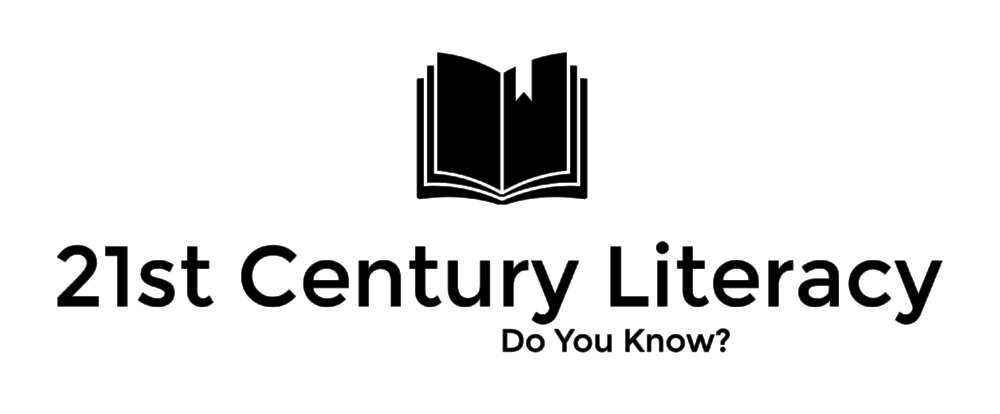The Best Lesson Is Failure
Schools and classrooms need to be “learning organizations,” which MIT lecturer Peter M. Senge famously explained as an organization full of people who seek “personal growth and learning” so that they can “lead the most enriching lives they can” (pp. 130-31).
Learning is a natural process of gaining information and skill to “produce results we truly want in life,” and it is a “lifelong generative” process. To be a learner is to “live in a continual learning mode” (p. 132). Senge explained that “organizations learn only through individuals who learn” (p. 129).
Senge argued that all of the most destructive management practices, which are found in every type of organization, stem from “our prevailing system of education. They are the same system” (p. xiii). Thus, in order to change how organizations are managed and organized, we first need to comprehensively change how schools are managed and organized, and how students are taught (or not taught) to learn and grow as human beings.
Teachers and educational administrators need to think of themselves not only as lifelong learners who need to teach by example, but these educational leaders also need to see themselves as “servants” who help students “grow as persons” so they can “become healthier, wiser, freer, more autonomous” (p. 329).
One of the most important ways to learn is through actively trying to accomplish a goal and failing. Senge argued, “Failure is, simply, a shortfall, evidence of the gap between vision and current reality. Failure is an opportunity for learning” (p. 143). A learning organization should be focused on creating failure, and learning by it.
Paul J. H. Schoemaker is a professor of management and decision making. He argued that individuals and organizations should be focused on making “brilliant mistakes” to maximize learning, productivity, innovation, and achievement.
He argued that “mistakes should be encouraged whenever long-term learning is more important to you than short-term performance” (p. 86). But in order to learn from mistakes, our mind must first be “consciously prepared” to be “deliberately receptive” to learn by trial, error, and reflection on experience (p. 119). Only then can we be open to “making mistakes on purpose” in order to find success through failure (p. 79).
Shoemaker argued that “disciplined, deliberate mistake-making” (p. 71) is a decision-making process focused on testing assumptions and theories with evidence and critical thinking, and also meta-cognitive awareness of the biases, emotions, and flawed short-cuts that the brain uses when we make decisions (p. 13).
One of the most important biases that we must confront when we learn is our natural psychological “defense mechanisms,” such as cognitive dissonance, rationalization, and denial, which automatically engage when we make mistakes in order to “protect our egos and reputations” from harm (p. 47). We have to learn how to accept the pain that error causes and recognize it as a signal that a mistake could be a profound learning opportunity (p. 49).
Teachers need to learn how to teach for failure with students, and educational administrators need to learn how to manage for failure with schools. Schools will never be truly successful as learning organizations until failure becomes a central and accepted cornerstone of organizational success.


